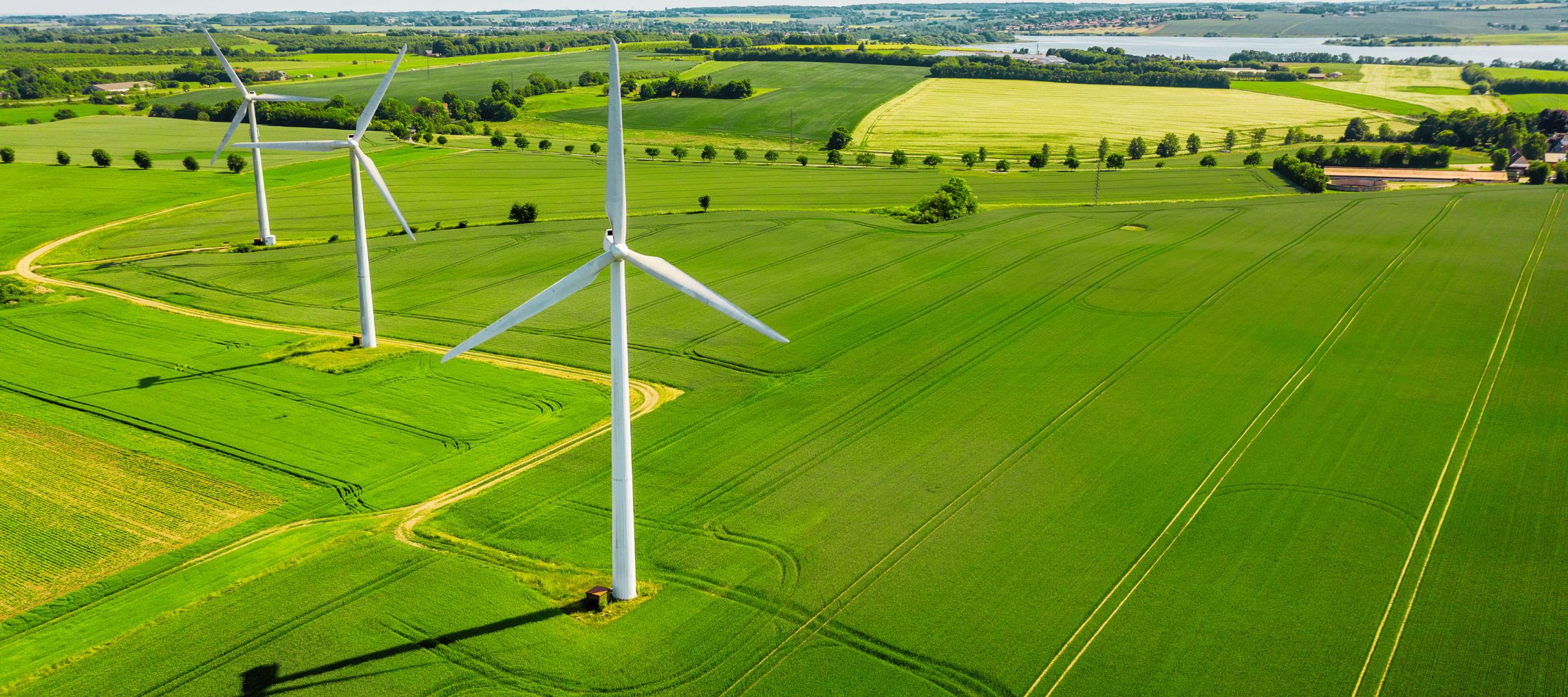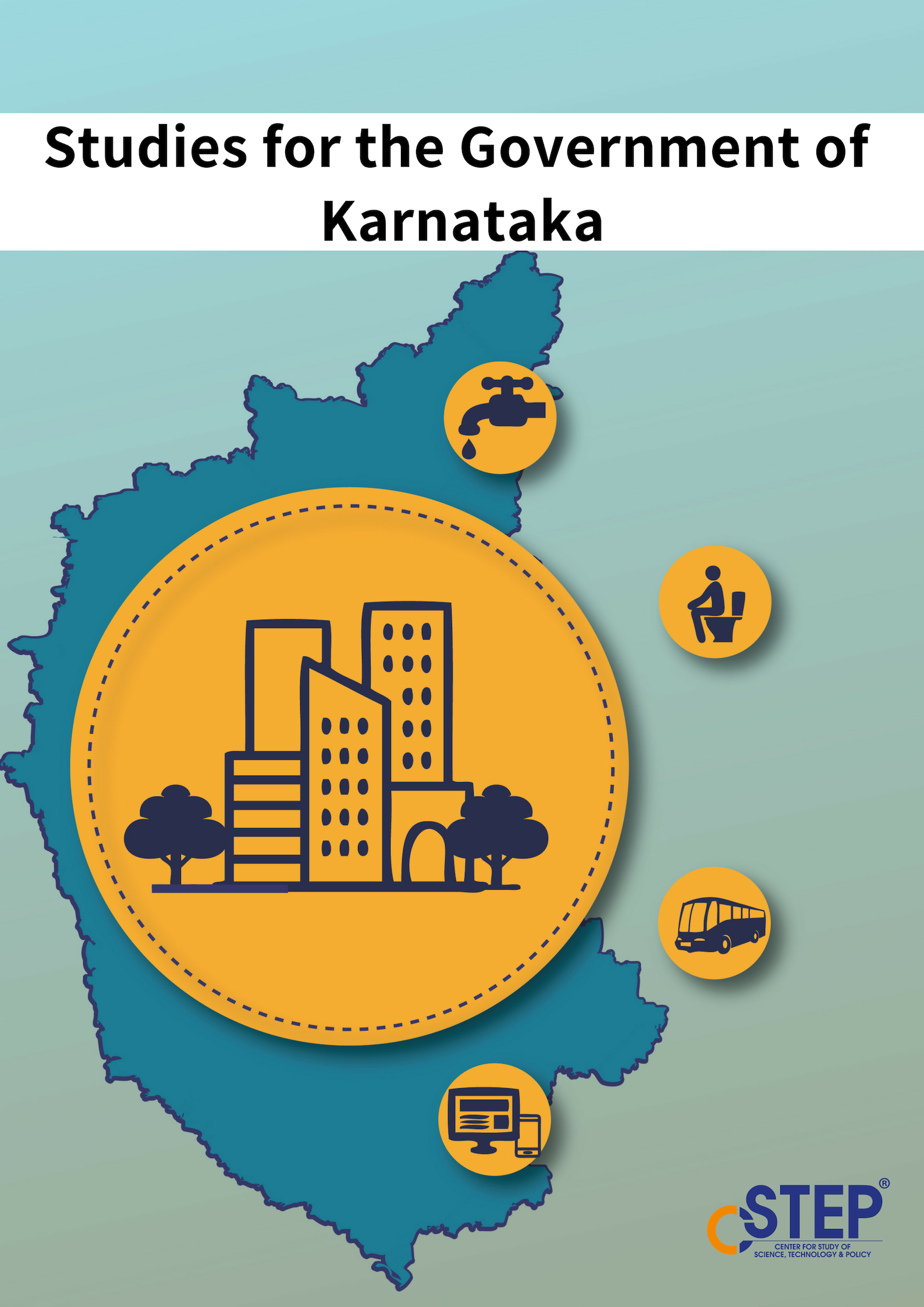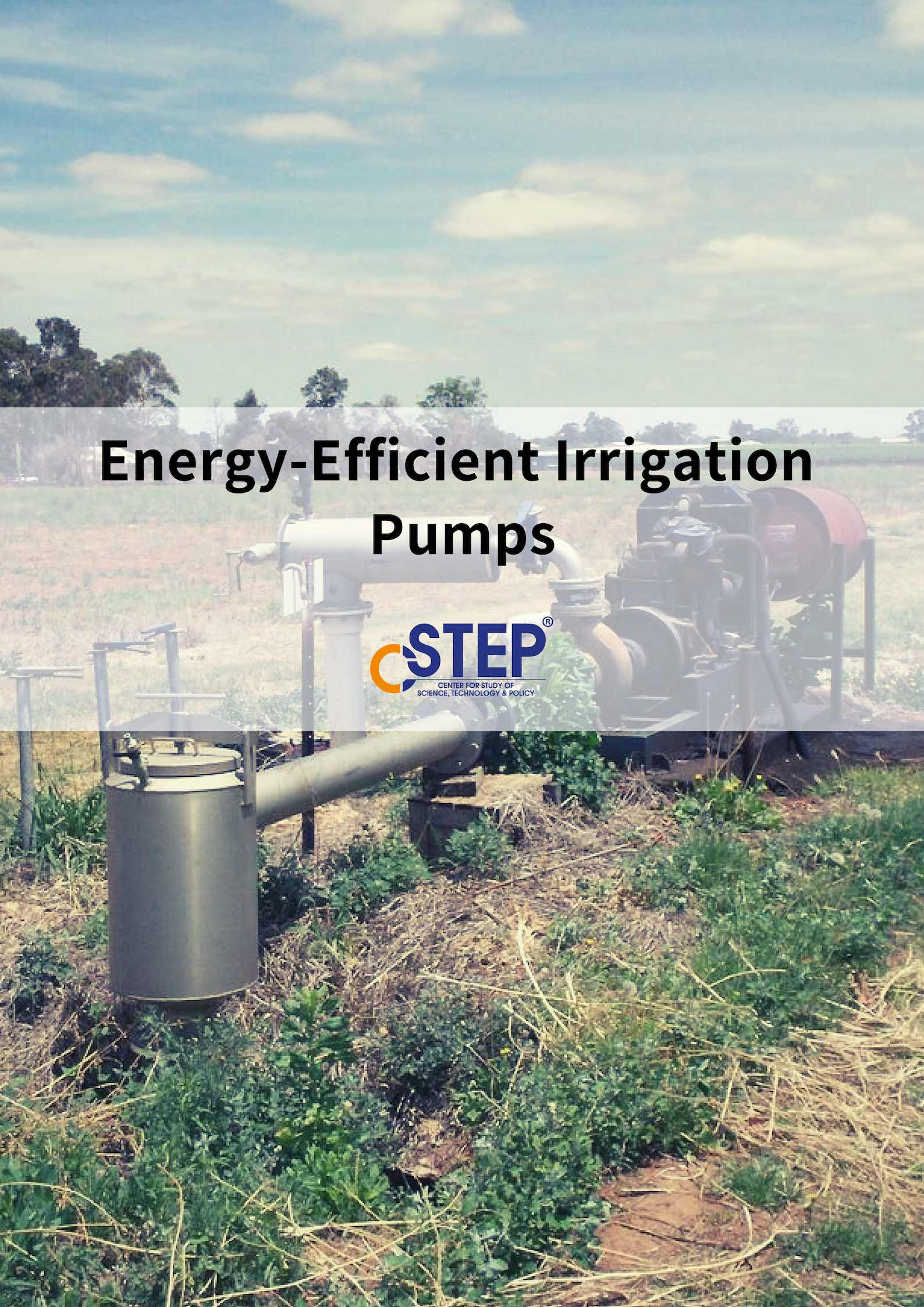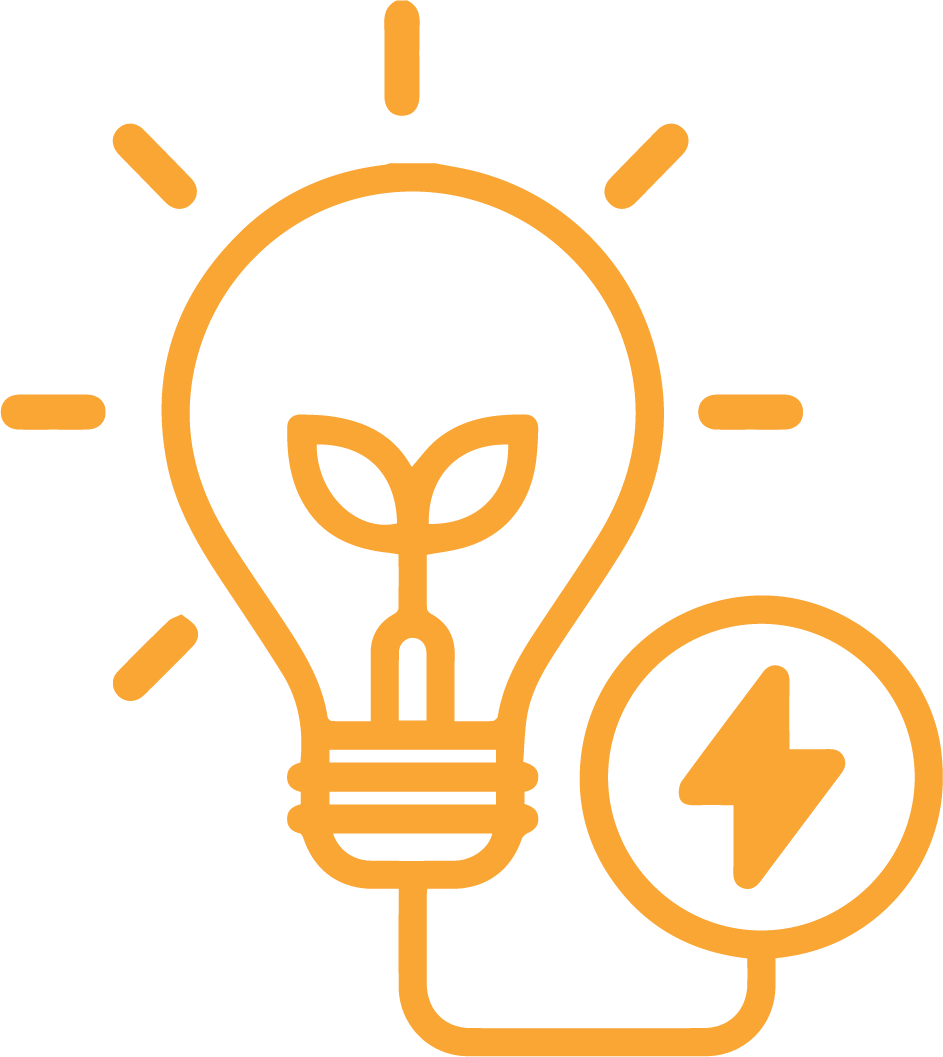Energy is a key factor in combating climate change, one of the biggest challenges the world is facing today. India has committed to cutting emissions to net zero by 2070 and set ambitious targets for adopting renewable energy. Achieving these targets requires careful planning and an overhaul of our current energy system.
Our work aims at enabling policies that encourage the adoption of rooftop solar, facilitate the development of technology for energy storage, strengthen the grid and transmission infrastructure, advance hydrogen technologies, and promote green mobility. CSTEP's research looks at the various aspects of mainstreaming renewable energy for a cleaner, greener energy sector.













The impact of Covid-19 on India’s power demand
National economic activities were hit hard by the pandemic, and the power sector was no exception. The sector deviated from the expected energy supply and peak power demand growth trajectory during the pandemic years, and is now on the path of recovery.
OPINION: Is the RE+EV combination a recipe for Karnataka’s clean energy transition?
Renewable energy (RE) and electric vehicles (EVs) are currently the best bet for moving towards a sustainable future. A study by the International Council on Clean Transportation (ICCT) published last month says that with appropriate EV policies, India can scale down 45 per cent-50 per cent of its cumulative CO2 emissions from the road transport sector between 2021 and 2050.
What Has Kept Rooftop Lagging In The 2022 40GW Target Race What Are Some Lessons To be Learnt?
A 40 GW target of installed rooftop solar (RTS) capacity by 2022 was set by the Government of India in 2015. Measures such as government subsidies and mandatory RTS installation on government buildings and public offices were taken to help RTS grow. However, India’s total installed RTS capacity as of 31st March 2022 is only 6.65 GW.
A greater push for residential RTS space is needed to reduce the negative impact on DISCOM finances. This would help in increasing the overall uptake of RTS without harming the financial health of DISCOMs.
Assessing the Impact of Integrating Electric Vehicles and Solar Rooftop Photovoltaic System into the Power Distribution Network
This paper presents our analysis of the impact of integrating electric vehicles (EVs) and rooftop photovoltaic (RTPV) on the power system distribution feeders at the 11 kV level. For the assessment, we selected a sample urban feeder that served both domestic and commercial consumers within Bengaluru city limits. The EV-demand projection was considered on the basis of a report by Indian Institute of Technology, Kanpur, while the RTPV potential was estimated using CSTEP’s Rooftop Evaluation for Solar Tool (CREST).
The Potential to Electrify Freight Transportation in India
Over two-thirds of Indian goods are transported on roads. About 11 million freight vehicles carry 2.1 trillion tonne-km of freight annually (Bernard Aritua et al., 2018). These vehicles are largely dependent on fossil-based fuels (90% is diesel) for their movement (NITI Aayog et al., 2021). The road freight sector consumes about 70.5 million tonnes of oil equivalent (Mtoe) and emits 213 Mt of CO2 annually. Thus, it accounts for approximately 53% of the country’s transport fuel consumption and about 54% of CO2 emissions.
Need For Coal
Recently, TPPs across India experienced an acute coal shortage. The shortage was also felt throughout the Asian subcontinent. Many internal and external factors have contributed to the situation and are under investigation. Stakeholders have identified some of the most common causes of this situation.
The Road to Excellence: How Indian States are driving the EMobility sector: Policy Updates & Analysis of the Key States
India today has over 9 lakh registered electric vehicles (EVs). The efforts to promote EVs primarily include demand-side incentives—at both central and state levels (in accordance with their respective policies), setting up EV-charging infrastructures within major cities and along major highways, a stimulus to electric-bus adoption by different state transport undertakings, and boosting local manufacturing of essential parts through the production-linked-incentive scheme.
Unplugging electrical hazards: Towards better public safety in Karnataka
According to a Karnataka Government site, data from the last three years (FY 18-19 to FY 20-21) show that 58 departmental and 1,077 non-departmental fatal accidents took place at five state electricity distribution companies (DISCOMs) during this period.
The DISCOMs are usually responsible for the laying of distribution infrastructure that supplies electricity to the end consumers (residential, industrial, commercial, agriculture, and others). Though several public safety measures are in place, electrical accidents do occur, causing injury and/or loss of life and property.
How an International Power Grid Will Help Optimise Our Solar Power Use
- In all countries, the clean energy transition comes with the problem of grid-balancing: matching the supply of power with its demand, owing to the intermittence of renewable energy.
- At the COP26 climate talks, India launched the ‘Green Grids Initiative – One Sun One World One Grid’, the first international network of a global solar power grid – with the UK.
- Under the GGI-OSOWOG initiative, the Indian grid can initially be connected to Africa, which accounts for 40% of total global horizontal irradiance.
- The India-Africa inter
OPINION: Exploring New Options to Electrify Process Heating in MSMEs
The benefits of switching to electric process-heating technologies are evident. Traditionally, process heat is provided at temperatures well above the required levels, while electrical process-heating technologies deliver heat at precise temperatures.
